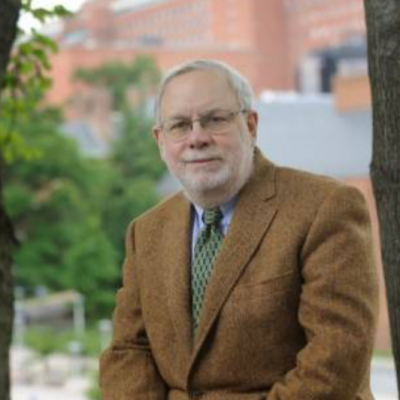Dr. Alan N. Schechter received the M.D. degree from Columbia University and after clinical training he joined the National Institutes of Health in 1965
There he worked with Dr. Christian B. Anfinsen, a co-recipient of the 1972 Nobel Prize in Chemistry. During the decade from 1965 to 1975 he developed with Dr. Anfinsen several new approaches to the study of the mechanism by which proteins attain their active conformations. Dr. Schechter is currently the Chief of the Molecular Medicine Branch of the National Institute of Diabetes and Digestive and Kidney Diseases at the NIH in Bethesda, Maryland.
Since the mid-1970’s Dr. Schechter’s main scientific interest has been fundamental and clinical research related to developing treatments for diseases of hemoglobin. He and his colleagues contributed to our understanding of sickle cell disease through biophysical and molecular genetic studies. This work led to a major revision of our understanding of the pathophysiology of sickle cell disease in terms of the thermodynamics of intracellular polymerization and a quantitative basis for the evaluation of disease severity. These studies also led to pioneering studies in sickle cell patients of the benefit of 5-azacytidine and hydroxyurea, which stimulate fetal hemoglobin expression, as therapies; hydroxyurea is now used worldwide for this purpose.
In subsequent approaches to therapy, he and his colleagues showed that red cells could transport nitric oxide and then showed that nitrite ions can be activated to nitric oxide by hemoglobin acting as a reductase. They are now studying the implications of this new mechanism for nitric oxide production for a variety of physiological processes, including the modulation of platelet reactivity, the role of nitrate ion reduction in control of muscle blood flow and its production in the mammalian eye.



